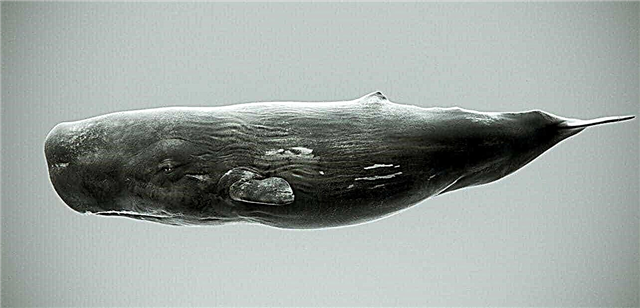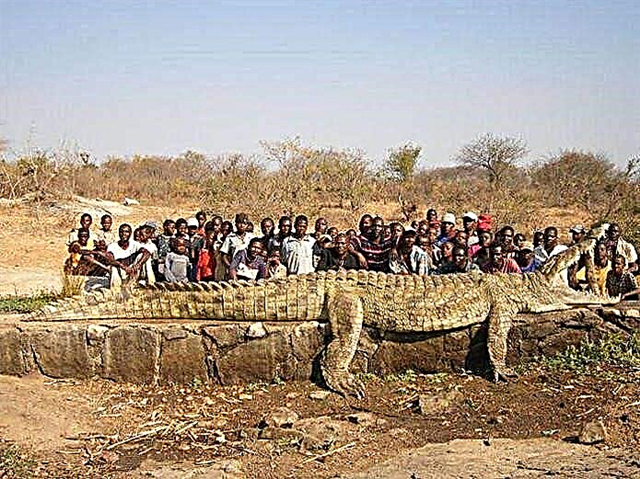
Archaeological research in Egypt has not been going on for the first century - traces of one of the most ancient civilizations are hidden in local sands, and every year new unique artifacts are found. Many of them are made of gold - every thing carries the spirit of bygone eras and lets us know a little more about the great civilization, which for thousands of years has been at the forefront in matters of science, medicine, and in many other areas. Egyptian archaeological finds are so rich in research that there is even a separate science that originated at the intersection of history and archeology - Egyptology.
To illustrate the uniqueness of this direction, it is enough to talk about just a few facts regarding the latest finds and discoveries in this area.
Last finds - mummies of priests

So, near the town of El Minya in 2018, a cemetery of priests was found who worshiped a god named Thoth. The priests were buried with their families, with all attendant honors. Such finds, only less large-scale ones, are regular business, the cult of the afterlife was supported in Egypt, and the bodies of the deceased sought to embalm, turning them into mummies. This allowed them to be stored for centuries, survive millennia. Today there are even mummy museums - the largest collections can be seen in Britain, because Egypt was once a colony of England.
Embalming in Ancient Egypt
Embalming was performed in different ways, depending on the "affordable budget". The mummification of the pharaohs, members of his family, and aristocracy cost the most. When performing this procedure, the internal organs were removed and placed in separate vessels - canopies, and the body itself was processed with various substances that ensure its safety.
What can mummies talk about?
Today, mummies can tell a lot about the lives of the people who owned these bodies. Using an X-ray, scientists will find out why a person died, what life injuries he had, and even what lifestyle he led. Dental studies allow you to study the diet. Every year more and more accurate methods appear, providing new information about the inhabitants of Ancient Egypt.
Also, archaeologists regularly find the so-called “private tombs” - in 2018, two were discovered that belonged to officials. For some reason, they had five entrances, and as usual, along with the bodies they found a lot of different things - for example, 450 statues.
The discovery of Egyptologists in recent years?

In 2018, it was possible to find all the missing parts of the statue of the pharaoh Aspelt, and establish what his face was. They also found the grave of the statue of the god Ptah - next to the temple of the same god. In 2014, scientists discovered underground a statue of God himself, as well as a baboon, cat and sphinx, and several other statues. Egyptologists are sure that the images in the stone were not thrown away - they were just buried. It remains to be understood why the images were declared “dead”.However, the presence of the sphinx suggests that the statue should have been protected by him, and the statue of Osiris, who was also present in the pit, testified that people were waiting for the rebirth of Ptah.
Also in 2018, they continued the study of artifacts and remains already found in the past. A century ago, not far from Luxor, a simple burial place was found, which belonged, apparently, to poor people. Archaeologists were interested in the dark color of the hands of mummies, and in 2018, with infrared scanning, it was possible to establish that tattoos with the image of sheep and bulls were applied on the hands. Tattoos are recognized as the oldest in the world.
Egyptian land is full of historical values that can be found and retrieved every year. Archaeologists are surely waiting for many more interesting discoveries - both directly in the field and in the study of already discovered materials.












